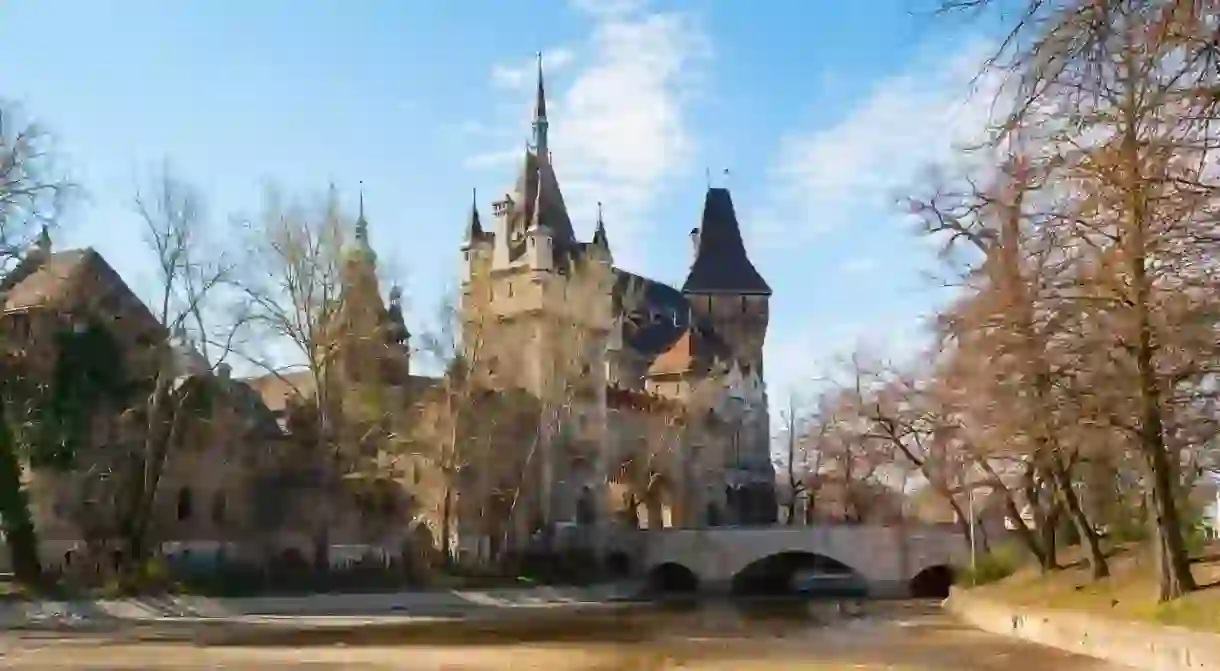Discover Budapest's Best Non-Art Museums

Budapest is home to plenty of great museums – and they don’t all focus on art. The city can also educate you on everything from Hungarian life under Communism to Roman structures, or the history of the pinball machine. Travel writer Alex Mackintosh, who specialises in Budapest, shares her curated list for the best non-art museums to visit when you want a taste of something different.
The Hospital in the Rock
Historical Landmark, Museum

During WWII, a series of caves under Buda Castle Hill were converted into a hospital. They would retain this purpose until 1956 when, after treating wounded soldiers and civilians during the 1956 revolution against Communist rule, the hospital was repurposed as a nuclear bunker. Recent years have seen the former hospital converted into a museum, allowing visitors to learn more about its medical history, with waxwork figures recreating scenes from the hospital’s past. There’s also the chance to get an insight into its use as a nuclear bunker. The museum can only be visited by guided tour, meaning visitors receive an informative experience at this unique historic site.
The House of Terror
Building, Museum

Hungarian National Museum
Building, Museum

Pinball Museum
Museum

Unusual, quirky and a lot of fun, Budapest’s Pinball Museum houses 130 pinball machines – which visitors are welcome to make full use of. Thanks to this interactive element, the museum has become incredibly popular since opening its doors in April 2014. Machines from as early as the 19th century up until the present day can be found here, allowing visitors to see the evolution of pinball and experience a fascinating insight into its history and development. For a nostalgic, fun-filled experience, this museum is the one to visit.
Memento Park
Museum, Park

Museum of Hungarian Applied Folk Art
Museum
Holocaust Memorial Centre
Building, Memorial, Museum, Synagogue

Aquincum Museum
Museum, Park

Hungarian Natural History Museum
Museum
Museum of Hungarian Agriculture
Museum














